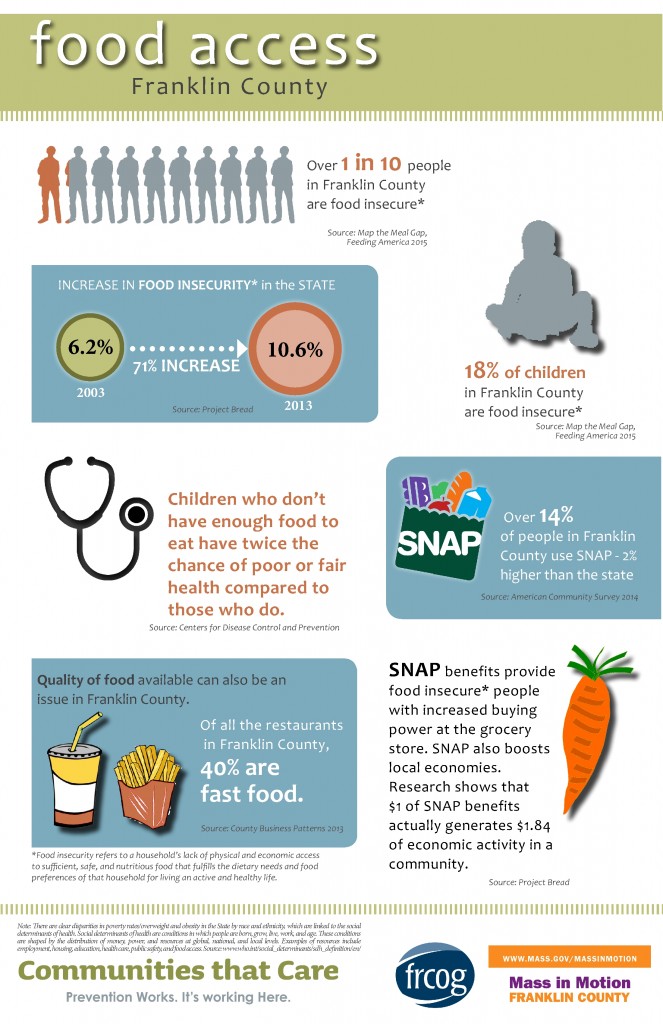Foods To Consume And Stay Clear Of For Inflammation: Functional Rheumatology Nutrition Guide

Post Created By-Mosegaard Juhl
When it comes to handling inflammation, the right foods can make a substantial distinction in your general health and wellness. You could be shocked by which products you must consist of in your meals and which ones to stay away from. Understanding how to balance these choices is crucial to creating a diet plan that supports your wellness. Allow's explore what jobs and what does not, so you can start feeling better soon.
Anti-Inflammatory Foods to Include Into Your Diet plan
Incorporating anti-inflammatory foods into your diet plan can make a considerable difference in your overall wellness. Begin by adding a lot of colorful vegetables and fruits, like berries, leafy greens, and wonderful potatoes. These foods are packed with antioxidants that assist battle swelling.
Include healthy and balanced fats from sources such as olive oil, avocados, and nuts, which are recognized to decrease inflammation levels. Fatty fish like salmon and sardines offer omega-3 fatty acids, essential for promoting heart health and wellness and reducing swelling.
Do not neglect to spice things up with turmeric and ginger, both known for their anti-inflammatory homes. By making these simple adjustments, you'll not just boost your dishes yet also support your body in dealing with swelling more effectively.
Foods That May Trigger Inflammation
While you could be concentrating on adding anti-inflammatory foods to your diet plan, it's equally vital to be aware of what can trigger inflammation.
Sugar is a significant wrongdoer; it can result in higher levels of inflammatory pens in your body. Improved Secondary Nodes , discovered in white bread and pastries, can also increase your blood sugar and advertise inflammation.
Furthermore, trans fats, usually existing in fried foods and processed treats, can aggravate inflammatory responses. Beware with too much alcohol intake, as it can disrupt gut health and rise inflammation.
Finally, very processed meats, like hot dogs and bacon, can contribute to inflammation as a result of their high levels of preservatives. Recognizing these triggers will assist you make smarter nutritional options.
Tips for Developing an Inflammation-Friendly Dish Plan
Developing an inflammation-friendly dish strategy includes selecting foods that support your body's recovery processes while avoiding those that can cause inflammation.
Begin by loading your plate with colorful vegetables and fruits, which are abundant in antioxidants. Include whole grains like quinoa and brown rice for fiber and nutrients. Choose healthy and balanced fats from sources like olive oil, avocados, and nuts.
Do not ignore lean healthy proteins, such as fish and legumes. Purpose to lower refined foods, sugar, and trans fats, as these can get worse inflammation.
Meal prepping can aid you stay on track-- strategy your dishes for the week to stay clear of last-minute undesirable selections.
Lastly, stay hydrated with a lot of water and organic teas to sustain your total health and wellness.
Conclusion
Incorporating anti-inflammatory foods right into your diet regimen can make a substantial distinction in taking care of swelling. By focusing on colorful fruits, healthy and balanced fats, and omega-3-rich fish, you can nurture your body and promote overall health and wellness. At the same time, it's important to avoid inflammatory triggers like sugar and refined meats. With a little planning, you can develop a balanced meal strategy that sustains your health and assists minimize symptoms of inflammatory problems. Begin making https://www.nature.com/articles/s41598-024-61950-2 !

